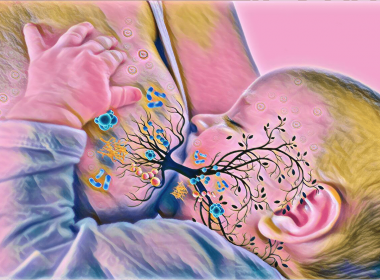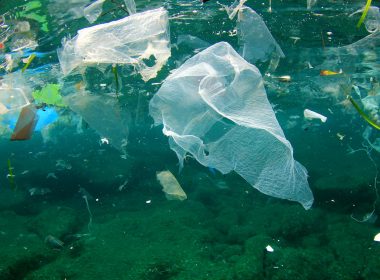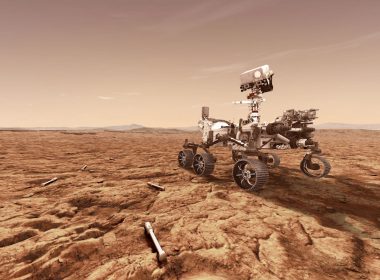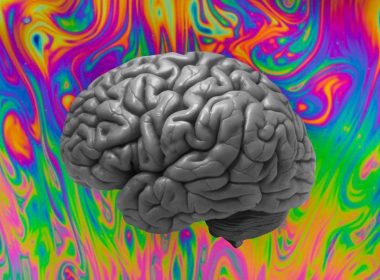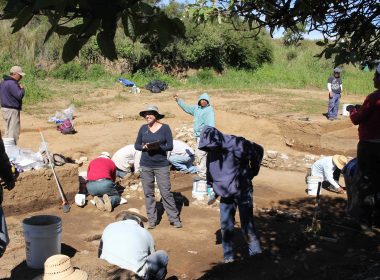Exploring what lies in the expanse of our universe has always been a topic of interest for scientists and engineers. This curiosity has shaped the field of space exploration and propelled nations to send astronauts to explore the cosmos. Experiments enacted beyond the confines of our planet have yielded a[Read More…]
Science & Technology
The latest in science and technology.
Exploring the microbiota of human breast milk
Until recently, scientists presumed that breast milk—the primary source of infant nutrition— was microbe-free. However, recent studies have found that breast milk contains a healthy dose of good bacteria. These microbes originate from the mother’s gut microbiota—the harmless micro-organisms that colonize the human digestive system. The microbiome performs diverse functions[Read More…]
PCR: The unlikely hero of the COVID-19 pandemic
Since the invention of the polymerase chain reaction (PCR) technique by Kary Mullis in 1985, scientists have taken for granted the ability to make millions of DNA copies. Despite being hailed as a groundbreaking technology at the time, its spotlight was stolen in 2013 by CRISPR, a precise gene editing[Read More…]
Sick and tired: How the medical field neglects women’s health
Compassion and respect towards patients are essential to delivering effective healthcare. Despite advances made by activists and patients alike, the medical field perpetuates its extensive history of sexism, putting women’s lives and well-being at risk. From dismissive doctors to inadequate research, the healthcare gender bias prevents women from receiving the[Read More…]
Meeting the wonderful members of the human microbiome
Microbes are often perceived as dangerous nuisances responsible for fatal diseases like tuberculosis. Yet, despite the negative connotations attached to their colloquial name, “germ,” trillions of harmless microbes live on our skin and within the human body, and help us survive and thrive. Lactobacillus: The plastic maker Lactobacillus is a family[Read More…]
Tiny plastics pose an immense danger to human life
The Earth’s atmosphere bears the necessary elements needed for human survival. However, as human plastic waste continues to multiply, the introduction of chemicals and toxins into the air and water is life-threatening to several species. Due to their size and properties, micro and nanoplastics indirectly pose dangers to human health. [Read More…]
Unravelling the engineering behind the Perseverance landing
On Feb. 18, physicists and engineers marked a new chapter in Martian history: A series of radio signals confirmed the touchdown of NASA’s Perseverance rover. Over seven months, the rover completed a 300 million mile journey to Mars, averaging a speed of about 12,000 miles an hour. The Perseverance Rover[Read More…]
Exploring the medical uses of recreational drugs
Rates of mental illness in youth have risen significantly in recent years. However, conventional treatments such as selective serotonin reuptake inhibitors (SSRIs) do not work effectively for every patient. Recent research suggests that recreational drugs can treat mental illnesses such as anxiety and post-traumatic stress disorder (PTSD). While the use[Read More…]
From the BrainSTEM: The ocean is scary but deserving of love
Despite covering more than two thirds of Earth’s surface, the ocean remains notoriously unexplored. In fact, the American budget for ocean exploration is 150 times smaller than that for space exploration, which has successfully captured cultural and public imagination for decades. While the moon’s surface has been mapped to a[Read More…]
Study finds gender gap continues to persist in archaeology
For centuries, women have fought to have their scientific contributions recognized, and the challenge to secure tenure-track positions in academia is no different. Despite women representing two-thirds of all Canadian doctorates in archaeology today, they only comprise one-third of the country’s tenured faculty. Lisa Overholtzer, an assistant professor of archaeology[Read More…]

